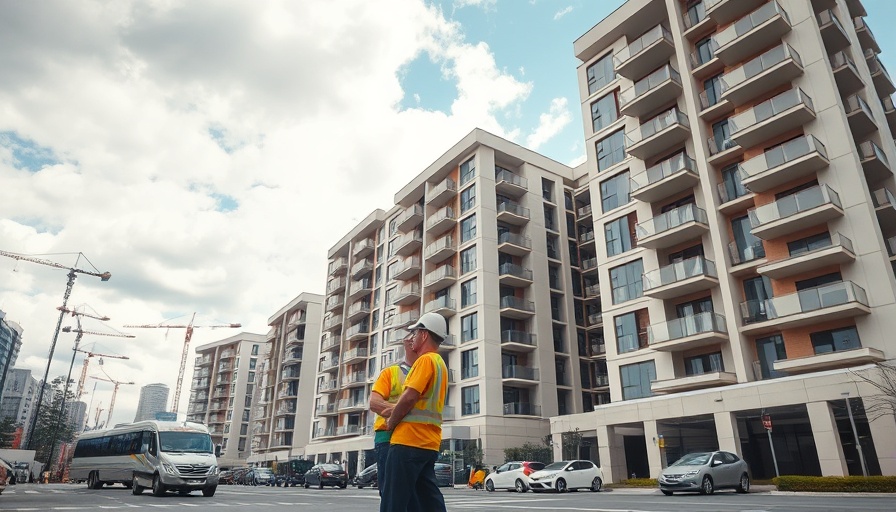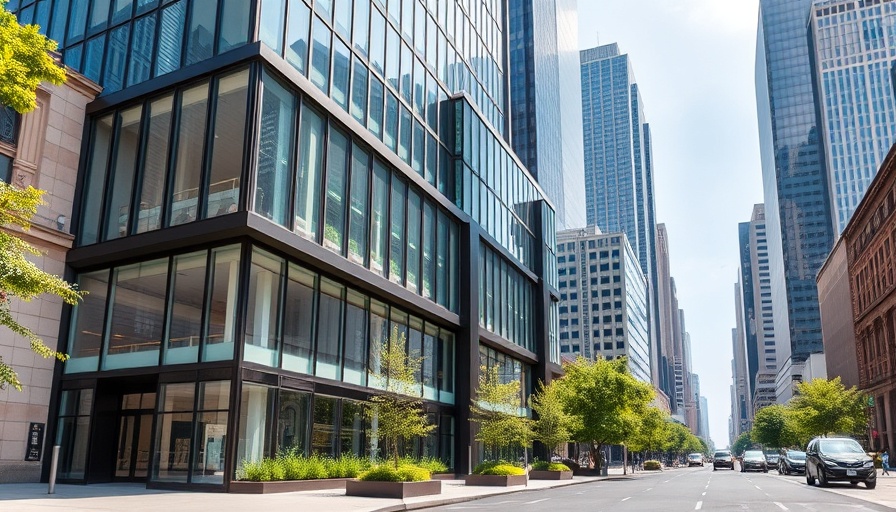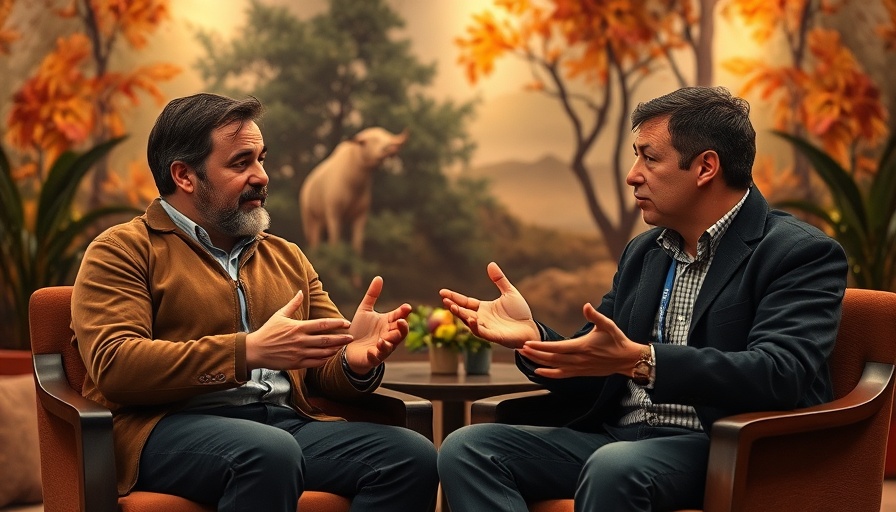
A Blueprint for Middle-Income Housing: The Sophie Maxwell Project
San Francisco faces a growing crisis in affordable housing, particularly for the middle income bracket. In response to this pressing need, Associate Capital has inaugurated the Sophie Maxwell Building, a 105-unit project designed to cater to teachers, nurses, and other essential workers earning between 50% and 110% of the area's median income. With escalating living costs and shrinking inventories for middle-income housing, this development marks a hopeful milestone in the often-tumultuous landscape of Bay Area real estate.
Navigating the Housing Market: A Daunting Challenge
Enrique Landa, managing partner of Associate Capital, underscores the challenge in providing middle-income housing amid a competitive environment dominated by high-end market-rate developments. The absence of new builds specifically directed at the cohort earning between $50,000 and $110,000 annually often leaves these individuals grappling with steep rents, sometimes exceeding half their income.
The question remains: how can developers bridge this fiscal divide? Landa emphasizes the importance of visibility and community engagement, implementing innovative marketing strategies to raise awareness about the availability of affordable options tailored for the working class. By targeting local employers and utilizing eye-catching promotions on public transit, the project aims to dispel the common misconception that such housing doesn’t exist or that potential residents wouldn’t qualify.
Engaging the Community: Innovative Strategies
The marketing blitz spearheaded by Associate Capital not only signals a shift but also illustrates a vital re-engagement with the community. One standout tactic included the dramatic use of a rooftop spotlight in the lead-up to the grand opening — an unusual yet effective way to capture attention and generate interest in what many thought was an unattainable housing option.
Interestingly, the contrast in application rates emphasizes the project’s significance; while the Sophie Maxwell Building currently boasts about eight applicants per unit, new market-rate developments are attracting barely one or two. This disparity highlights an urgent need for middle-income housing while simultaneously showcasing a community eager for affordable solutions.
The Bigger Picture: Revitalizing an Industrial Area
The redeveloped Potrero Power Station site aims to be more than just a housing project. It's set to transform a once dull industrial area into a vibrant mix of commercial spaces and housing, with over 2,600 homes planned for the future. This ambitious project encapsulates a broader urban development vision — merging residential comfort with urban living conveniences.
This transformation aligns with city planners' goals for revitalizing underutilized areas, showcasing how creative collaborations can lead to successful community-focused outcomes. Other projects like Parkmerced are also following suit, albeit with their challenges, illustrating that momentum for housing growth is not entirely lost.
Looking Ahead: Future Trends and Predictions
As the San Francisco housing market continues to evolve, these middle-income projects could signal a new trend in urban development. The Sophie Maxwell Building may serve as a blueprint for future initiatives, paving the way for similar projects in other cities struggling with the same issues. Increasing awareness and dismantling misconceptions surrounding middle-income housing could already be changing the narrative of what's possible in real estate development.
Both industry experts and local activists are closely watching the market's response. If the public and private sectors can work collaboratively, we might see a wave of new housing initiatives designed to rejuvenate communities and support diverse income levels — outcomes crucial for a thriving urban environment.
A Call for Action: Embracing Change Together
As we stand on the brink of transforming San Francisco’s skyline and housing landscape, it becomes imperative for local communities, developers, and city planners to come together in support of innovative housing solutions. Individuals should engage in dialogues about these changes, advocating for responsible, equitable development that benefits all residents, particularly those serving essential roles in our society.
In embracing these initiatives, we can not only look forward to a revitalized cityscape but also ensure its growth encompasses everyone, particularly those crucial to our everyday lives.
 Add Row
Add Row  Add
Add 




Write A Comment